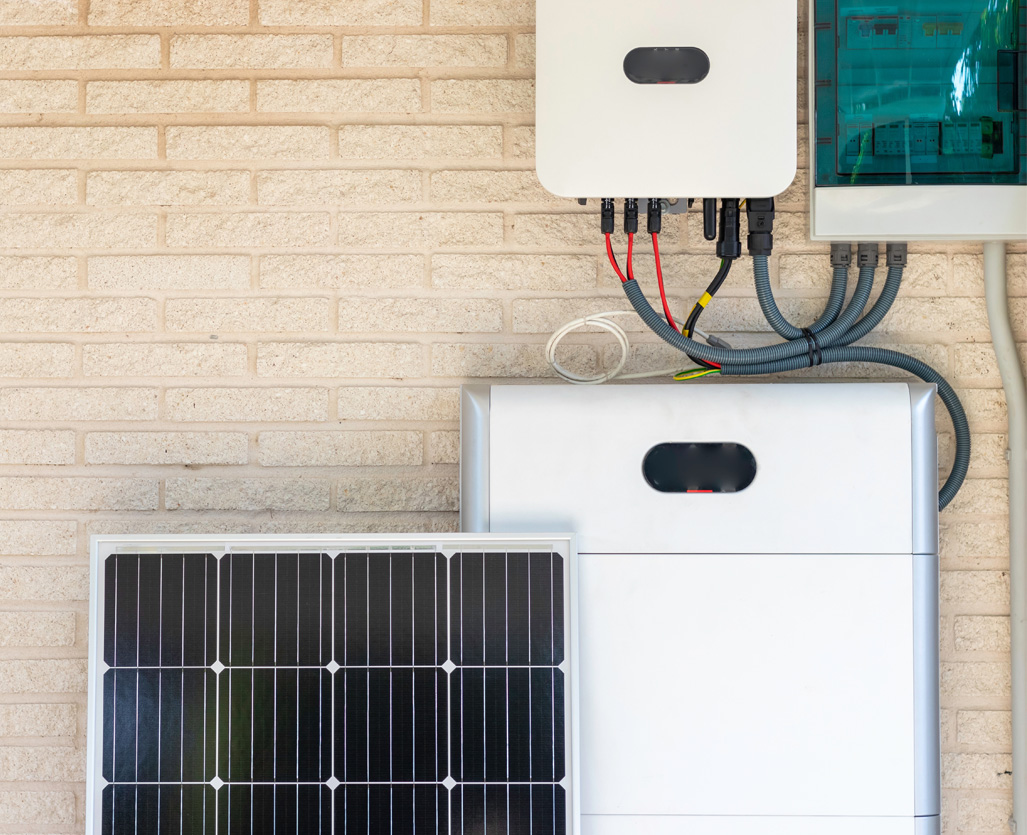Technology - Redesign
Since the launch of the lithium-ion (li-ion) battery in the 90‘s the rate of battery evolution has been phenomenal and continues at pace. It’s this drive for better which should go into producing batteries which not only charge faster and hold more energy but are more sustainable too. This means focusing on designing batteries which last longer, are easy to refurbish, repair or repurpose, and can be easily recycled back into new batteries.
While li-ion-based batteries remain the dominant chemistry for EVs, this will change as battery and car makers look to balance safety, cost, life span, energy density and power when picking a battery technology. Solid state and sodium-ion batteries will become a reality in the very near future.
These promise a lower environmental impact by reducing or doing away with the need for materials which are intensive to mine, eliminate some dangers associated with lithium-ion batteries, and offer better overall performance.
They have their own challenges before they can reach the scale needed for mass market, but with so many major players investing in their development significant advancements are expected in the coming years.
Other technology can also come into play, such as better battery management systems and monitoring tools which optimise battery usage, further prolonging their life.
Reuse or refurbish
Even the most advanced batteries degrade over time, reducing how much energy they can hold and discharge. When a unit can’t meet performance standards for high-demand applications like electric vehicles it can, and should, be repurposed for a less intensive application.
In-home energy storage is one such example. This practice is already becoming more prevalent and works well to complement solar power as a way of storing energy for use at night or on low-light days.
There are also companies such as Australian-based InfiniteEV, which has an Auckland branch, that refurbish batteries for use in hybrid vehicles. They also rebuild EV batteries and provide services such as battery characterisation to grade batteries and determine what their future use could be – reuse in a vehicle, a lower performance application, or recycling.
If recycling is the next step the battery can be prepared for overseas markets by companies, like Computer Recycling and Phoenix Metalman Recycling.
This is where battery design is critical to ensuring they can follow the circular economy principal of keeping resources at their highest value for as long as possible.
Recycling
Large batteries contain a treasure trove of valuable materials, such as lithium, cobalt and nickel as well as other metals. The surge in demand for EV batteries has in turn driven demand for their components, which is expected to grow exponentially.
The focus is turning from how to properly dispose of large batteries at their end of life, to how to recover as much from their components as possible. Companies like Redwood Materials provide complete battery recycling by turning batteries into what’s called ‘black mass’, from which metals can be recovered.
While turning a battery into black mass removes a number of challenges associated with transport and handling, it eliminates any opportunity for the battery to have a second life.
An MIT Technology Review article from earlier this year noted recycling technologies have advanced to the point where nearly all the cobalt and nickel and over 80% of the lithium from used batteries, and manufacturing scrap left over from battery production, can be recovered. Other valuable materials like aluminum, copper, and graphite can also be recovered.
Recycling can even have beneficial effects, with one research team in the US developing a method which increases a recycled battery’s ability to charge.
As the MIT articles notes, the growth in demand for large battery components is growing so quickly recycling alone won’t be able to satisfy it. It will, however, be an important and more sustainable source of these materials going forward.
Disposal
The ultimate goal of developing a circular economy is to eliminate waste. Current battery production and recycling technology still results in waste, so this ‘bottom end’ of the battery waste hierarchy can’t be ignored and proper disposal methods, along with oversight, are crucial.
That being said, the role of regulators in making sure that impacts over the whole battery life cycle are considered is crucial. Product stewardship schemes, such as the one being developed here in New Zealand will form the backbone of a system that fosters a more sustainable future for them.



